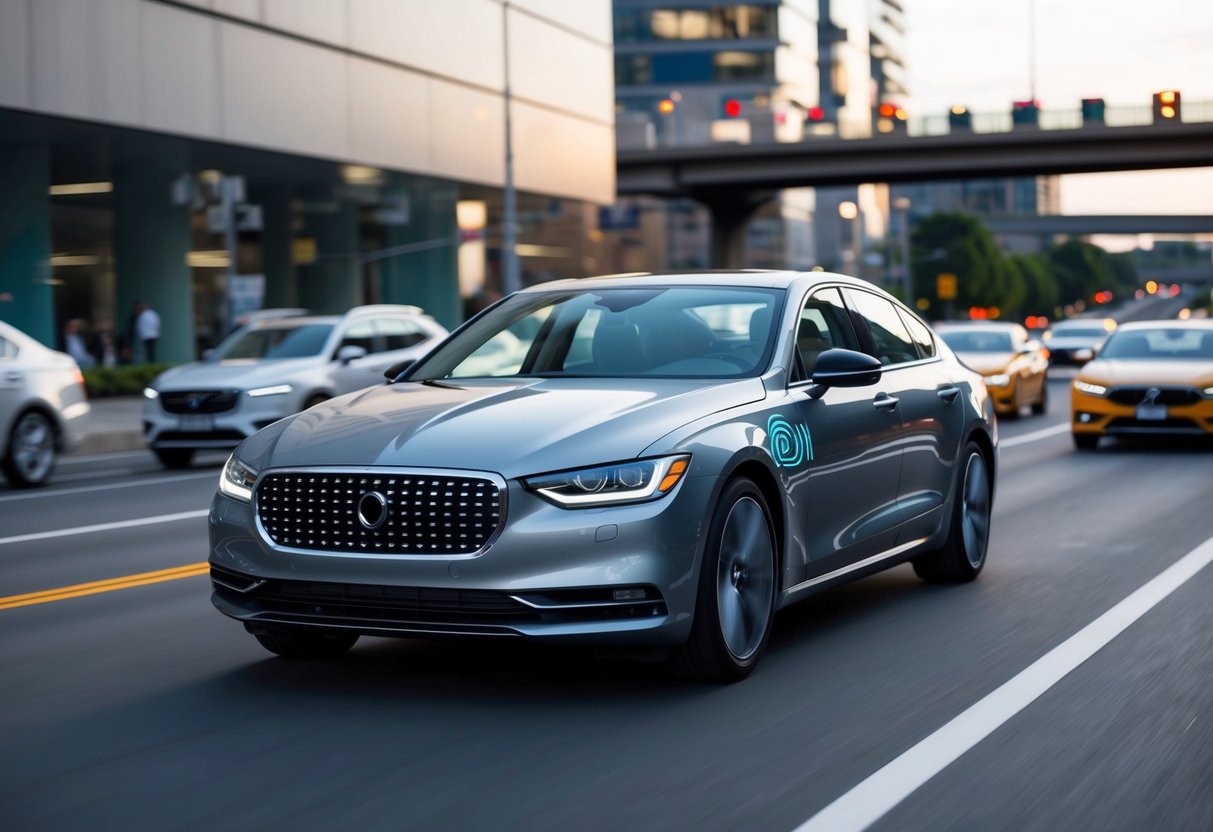The Future of Car Safety: Breakthrough Technologies Saving Lives
AI in Accident Avoidance
In accident avoidance, AI plays a key role by enabling vehicles to assess their surroundings with remarkable accuracy. Advanced driver-assistance systems (ADAS) utilize data from cameras, radar, and lidar to detect objects and classify them accurately.
AI algorithms then assess the potential threat level and decide the necessary action, such as braking or steering adjustments. Furthermore, AI facilitates vehicle-to-vehicle (V2V) communication, sharing information about road conditions and hazards with other cars. This interconnected network enhances situational awareness, allowing cars to respond to changes in the environment more rapidly and efficiently. The integration of AI in accident avoidance systems significantly contributes to enhancing road safety, reducing the likelihood of collisions, and protecting both drivers and pedestrians.
Autonomous Driving Technologies
Autonomous driving represents a significant advancement in car safety, featuring various levels of autonomy and notable contributions to road safety through self-driving cars. These technologies promise to transform transportation by reducing human error, increasing efficiency, and enhancing safety.
Levels of Vehicle Autonomy
Vehicle autonomy is categorized into distinct levels, each indicating the extent of automation in driving functions. These levels range from Level 0, where no autonomy exists, to Level 5, representing full automation. Level 1 includes basic driver assistance systems like adaptive cruise control. Level 2 involves partial automation, such as lane-keeping assistance combined with adaptive cruise control. Level 3 introduces conditional automation, allowing the car to handle most driving tasks but requiring the driver to take over when prompted. Level 4 enables high automation with the vehicle able to manage driving without driver intervention in certain environments, though a driver may be needed in complex conditions. Level 5 represents full automation, where the vehicle performs all driving tasks under all conditions imaginable, eliminating the need for a human driver entirely.
Self-Driving Cars and Road Safety
Self-driving cars are being developed with advanced sensors and algorithms to enhance road safety. They are equipped with lidar, radar, and cameras that provide a continuous and comprehensive view of the surroundings. These technologies enable self-driving cars to detect obstacles, pedestrians, and other vehicles, allowing for timely decision-making to prevent accidents. As these vehicles reduce human error, which accounts for a significant proportion of road accidents, the potential for fewer crashes is promising. Furthermore, self-driving cars can communicate with each other using Vehicle-to-Vehicle (V2V) technology, sharing information such as speed and location to further minimize risks. As these technologies evolve, they are expected to bring about safer, more reliable means of transport.
Advanced Driver Assistance Systems and Their Impact

Advanced Driver Assistance Systems (ADAS) are revolutionizing vehicle safety by offering a range of technologies designed to prevent accidents and protect passengers. These systems integrate sensors, cameras, and software to provide drivers with increased awareness and control.
Key Features of ADAS
ADAS incorporate technologies that enhance driving safety and convenience. Lane Departure Warning (LDW) systems alert drivers if the vehicle begins to drift out of its lane without signaling. Adaptive Cruise Control (ACC) automatically adjusts vehicle speed to maintain a safe distance from the car ahead.
Another feature, Automatic Emergency Braking (AEB), can detect potential collisions and apply brakes to avoid impact. Blind Spot Detection (BSD) systems notify drivers when vehicles are in their blind spots, reducing the risk of side collisions during lane changes. These features work together, using real-time data from various input sources, to improve safety and effectiveness on roads.



